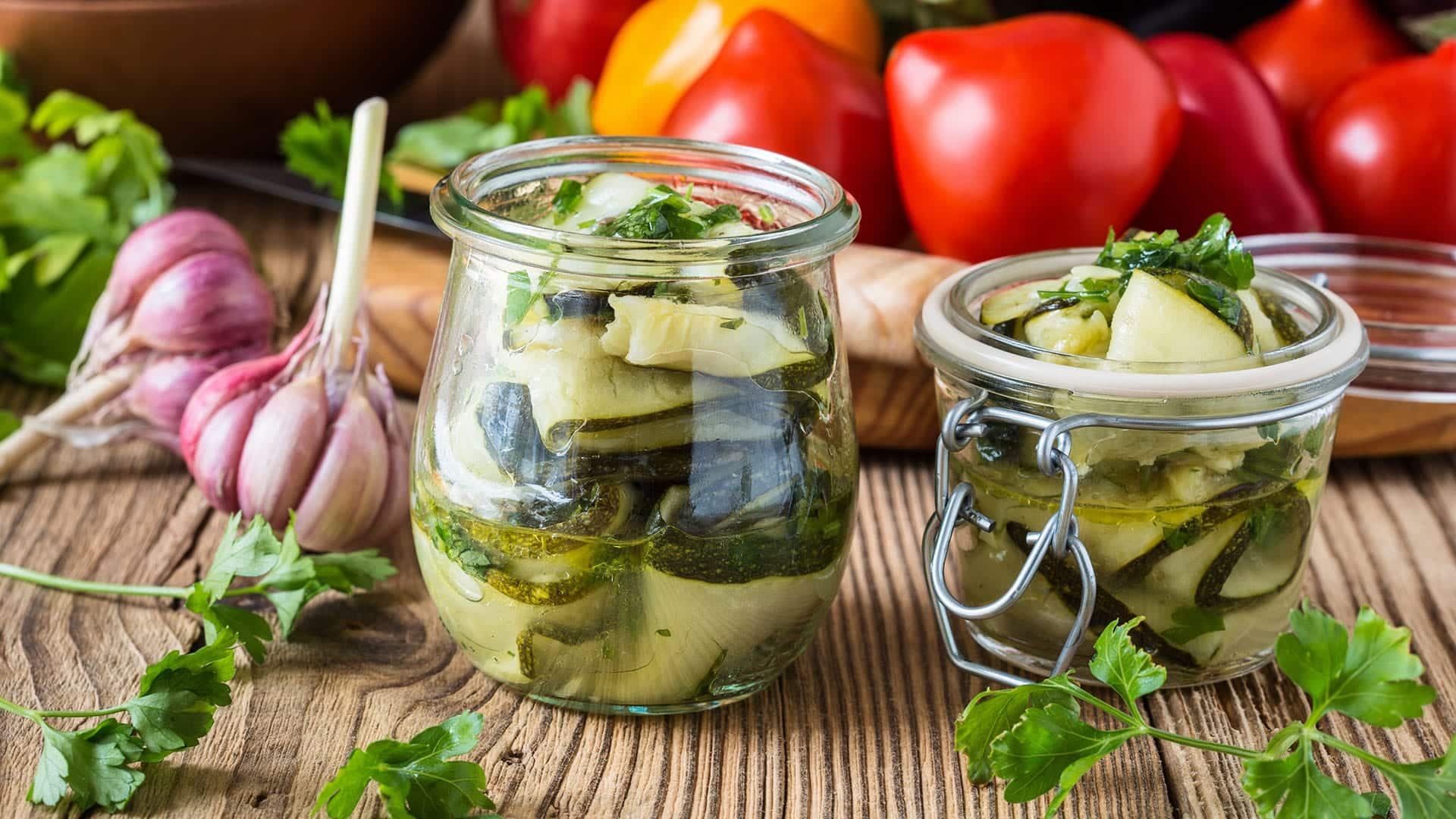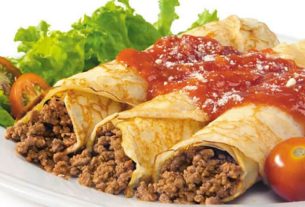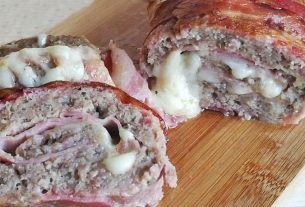It is very important to go beyond how to preserve the technique, as it is possible to use creativity, originality and increase the flavor.
Eating vegetables and legumes is extremely important for your health. However, many people end up having problems with leftover food and, consequently, with the excessive loss of some vegetables. In fact, they are usually the first to go in the trash.
Therefore, this technique can be usedA great way to store and preserve vegetables for longer, without waste. Believe me, making preserves is much easier than you think, and can also be a great ally in the kitchen. We will show you!
Shall we know a little more about this technique? Good reading!
How to pickle vegetables
Preserving is no big deal. If made well, it can last 5 to 6 months outside the refrigerator, as long as the lid is well sealed. This is a perfect technique for those who want to be healthier, as it contains fewer ingredients that are harmful to the body.. Furthermore, it can be a great ally to end the waste problem in your home.
Before going into the ingredients, you need to be aware of the cooking time of some vegetables. Let’s learn?
- Onion: 3 to 5 minutes
- Potato: 20 minutes
- Cauliflower: 3 to 5 minutes
- Carrot: 15 minutes
Ingredients
The base of your preserve will be:
- Vinegar
- Sugar
- Oil
- Oregano
- Legumes
Way of doing
- First, cook the vegetables. Including, we recommend that they stay tuned, that is, cooked and firmer. Basically, this makes the vegetables even tastier when consumed. Furthermore, they will lose less nutrients;
- Regarding cutting, we recommend that each type of vegetable is shaped differently.
- After carrying out the cutting stage, before adding the condiments, We recommend that you separate each food into layers. By doing it this way, your preserve will be more sophisticated, beautiful and certainly more appetizing;
- Now, mix and boil the vinegar, olive oil and oregano. After doing this, pour this mixture over the vegetables, until they are completely immersed;
- Finally, let your preserve take on the tastefor at least 24 hours before consuming.
How to make pickles?
Making pickles is very easy. Follow below:
Ingredients:
- 1 measure of water;
- The same amount of vinegar;
- For each liter of liquid, use 1 tablespoon of salt and 3 tablespoons of sugar.
- If you want, you can also add mustard seeds and bay leaf.
Way of doing:
- The first step is to sterilize the jar. To do this, take a large pan, place the pot and lid on it and fill it with plenty of water. Let it boil over high heat for at least 15 minutes. Afterwards, turn off the heat and carefully remove the pot from the water.. Now, let it cool upside down on a rack, so the air can circulate on all sides;
- Soon after, choose the vegetable, cut into sticks, wash and dry. Once done, place it in the already sterilized glass jar;
- Now, boil all the ingredients to make the brine. Afterwards, pour it over the vegetable;
- The next step is store the pickle closed in the refrigerator. If there are any air bubbles left, tap the pot on the counter, very carefully, until they come out completely.
Tips for doing it at home
Now you can check out some tips for making preserves at home. See below:
- Clean food and sterilize pots and lids. If you don’t do thisbrine or vinegar will not be enough to preserve the ingredients for longer;
- The vegetables best suited for pickling are those that are harder and fruits are those that are firmer;
- Use sea or kosher salt. I.e, avoid table salt as it contains iodine. In fact, it helps to darken the vegetable and makes the preserved liquid cloudy;
- Use only fresh products and that they are in their best condition. The idea of preserving is precisely to preserve the food, as it already is. In other words, fresh, with a good flavor and a good texture;
- Finally, it is worth highlighting that balsamic vinegar adds flavor, but it does not have preservative properties.
Benefits and care of preserves
Regardless of how the preserve is done, whether with fermentation or pickles, all of them aim to preserve the food in an antiseptic environment. This means that the intention is to prevent the development of undesirable microorganisms in these legumes and vegetables.
Furthermore, if your preserve is homemade, it may have even more advantages. Basically, one of the benefits of when you make your own preserves, it will not have a very high sodium content, as industrialized ones do.. Consequently, it will have a greater nutritional value. Plus, you’ll deal with less waste.
However, it is important that you maintain a nutritional balance, and consume everything in moderation. Including, care that is necessary with this technique is to consume within 7 days after opening the jar, keeping the bottle in the refrigerator. Finally, another tip is that you always need to handle preserved food with clean hands.
History of the preserve
The custom of preserving food is, in fact, a ancient technique that countries with long winters used. For them, preserving food was a way of making the summer harvest, that is, vegetables, fruits, fish and meat, last until the end of winter. In other words: avoid waste and problems with hunger.
In fact, when we mention that it is an ancient technique, we are not kidding. Because, since ancient times, the Greeks and Romans pickled olives. In addition to them, Russians also used this method to preserve beets and cucumbers. The Japanese used this technique to preserve turnips. This is all very interesting, right?
Anyway, what did you think of our tips on how to preserve? Did you like it? Come check out another article from Women’s Area: Quick snacks – 10 quick recipes that make life more enjoyable
Sources: Globo Recipes, Conquiste sua vida, Paladar

Sign up for our newsletter and stay up to date with exclusive news
that can transform your routine!
Warning: Undefined array key "title" in /home/storelat/public_html/wp-content/plugins/link-whisper-premium/templates/frontend/related-posts.php on line 12
Warning: Undefined array key "title_tag" in /home/storelat/public_html/wp-content/plugins/link-whisper-premium/templates/frontend/related-posts.php on line 13




